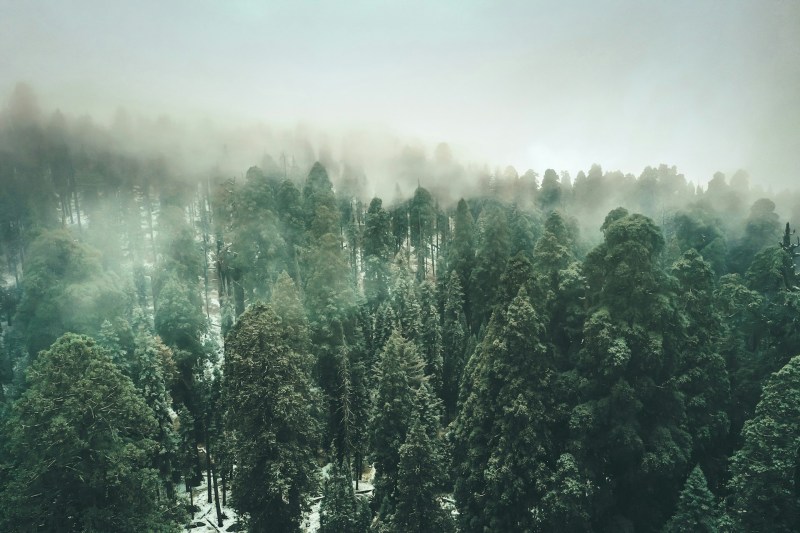
Not surprisingly, the National Park Service does a pretty good job of well servicing our country’s National Parks. That includes everything from general maintenance to ensuring visitor safety to looking after the health of the flora and fauna in every park. So, when the NPS announced a plan to replant sequoia groves in two of our best National Parks—Sequoia National Park and Kings Canyon National Park—we were a little surprised to hear that several environmental groups were suing to stop them. Here’s what we know.
The National Park Service is looking to bolster the sequoia groves after wildfires heavily damaged both parks in 2020 and again in 2021. In October of this year, it announced the seedling-planting project to “re-establish tree seedlings in severely burned giant sequoia groves and [an] adjacent fisher habitat in Sequoia and Kings Canyon National Parks.” Many environmental scientists and the NPS itself have long agreed that it’s best to let nature regrow naturally. But, in this case, the NPS is “concerned that natural regeneration may not be sufficient to support self-sustaining groves into the future, particularly as the fires killed an unprecedented number of reproductive sequoia trees in the groves themselves.” (PSA: Make Smokey Bear proud, and always enjoy and extinguish your campfires responsibly)
But four environmental groups say that the agency’s plan involves planting in a designated wilderness area—an area where such human activity is expressly prohibited. Chad Hanson, director of the John Muir Project, contests the NPS’ decision. He argues that sequoia trees are a unique species that naturally “depend on high-intensity fire in order to reproduce effectively.” In a conversation with CNN, he went on to say that human beings “are not supposed to be getting involved with tending it like a garden.”

Kevin Proescholdt, conservation director at Wilderness Watch, agrees. He argues that the NPS is bound by the 1964 Wilderness Act, which includes letting nature take care of itself, even if these events are fueled by climate change. “We should still allow these natural ecosystems to respond as they want to the changes brought about by the changing climate.”
In its official project announcement, the NPS confirmed that it’s only planning to replant sequoia trees in areas that showed “insufficient natural regeneration for forests to successfully re-establish … as they would have done naturally had they not experienced extensive, severe fire effects during recent fires.”
But Hanson argues that climate change or not, California’s massive wildfires have been a natural part of the state’s sequoia groves since long before humans came along. The trees have adapted well to even depend on those fires to spawn. He and his team cite more than 30 years of data that confirm that planned interventions like this one by the NPS almost always have the opposite intended effect. In summary, “The forest with the fewest environmental protections and the most tree removal had the most intense fire, even in the same forest types,” Hanson said.
The National Park Service has yet to comment, citing its policy on ongoing litigation. It confirmed, however, that it had already begun work earlier this fall on replanting two sequoia groves. Ultimately, the plan’s future will be decided, like many things these days, in court.



